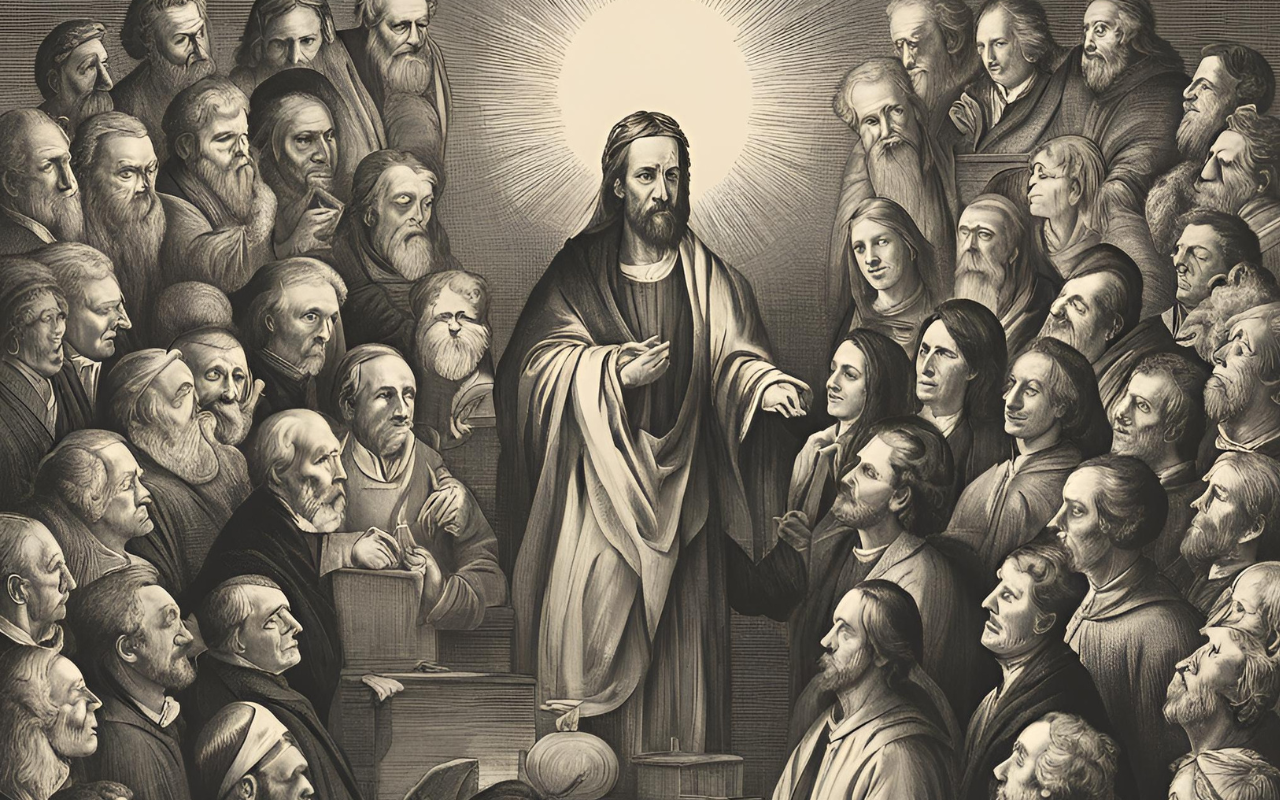
As a pastor, how many times have you felt the crushing weight of someone else’s problems on your shoulders? You might even believe that part of your role is to “fix” them, to offer the perfect advice that will make their pain disappear. But here’s the truth no one tells you: the more you try to solve everyone’s issues, the more you set yourself up for burnout—and worse, you block them from seeing the true solution: Christ.
The Leadership Trap:
I once gave my cell number to a troubled individual—a transgender alcoholic struggling to find peace. For nights on end, I received 2 a.m. phone calls, offering the same advice: “Stop going to gay bars, getting drunk, and picking fights with drag queens.” The advice wasn’t wrong, but it wasn’t addressing the root issue either. I realized that I had unknowingly taken on the role of “fixer,” allowing this person to believe I could magically resolve all their pain.
As pastors, we’ve all been there. We share the Gospel, we extend a hand, and yet, many of us unknowingly buy into the illusion that we can fix the situation ourselves. We become the “problem-solvers” because it feels like it’s what we’re supposed to do. But that’s not what we’re called to be.
The Unhealthy Exchange:
In many churches, there’s an unspoken transaction happening between pastors and congregations: people bring their crises, and pastors try to solve them. It’s natural—people look to their leaders for solutions. But here’s the pitfall: the more you engage in this, the more the congregation expects you to be the solution. Soon, your role as a shepherd becomes more about fixing fires than pointing people toward the one true healer.
This unhealthy dynamic only deepens the crisis. As a pastor, you’ll begin to feel like you’re constantly putting out fires with a water pistol—working hard but seeing little change. Congregations, too, start to place unrealistic expectations on you, setting both parties up for disappointment.
Crisis Leadership: Technical vs. Adaptive Problems
Some problems are technical—like fixing the order of worship or finding a new program for small groups. These can be resolved with simple decisions. But most crises pastors face are far more complex, tied deeply to cultural and spiritual roots. For instance, you might change a church’s worship style, thinking it’s a quick fix. But when people resist, you realize the true issue is adaptive—a deep-seated cultural resistance to change. It’s not the drum set or the organ; it’s the church’s entrenched mindset.
The Congregational Prototype: When Perception is Reality
In times of crisis, congregations often fall back on their perception of what a pastor should be. They expect you to fit the mold—a certain type of leadership that they’ve grown accustomed to. If you fit the prototype, it’s easier for them to trust you. But when you don’t, you’ll face blame, mistrust, and challenges. The danger here is when pastors conform to these expectations rather than pointing people to the actual solution—Christ. This exchange becomes a self-fulfilling prophecy. The congregation wants a fixer, and you, wanting to help, play the part. But the more you play into these roles, the harder it becomes for people to see Christ as the true answer.
Breaking the Cycle: Pointing to Christ, Not Yourself
The goal is not to fix the problem but to guide people toward Christ. It’s tempting to step into the role of “fixer”—it feels good to help, to solve, to be needed. But this creates a temporary high for both pastors and congregations. The real transformation only happens when people recognize that pastors are not the solution.
So, how do we break this cycle?
Lower expectations of yourself – Make it clear that you cannot solve every problem.
Raise expectations of Christ – Help your congregation see that Christ is the ultimate healer.
Equip, don’t rescue – Your role is to equip your church to see Jesus as their solution, not to be the solution yourself.
Conclusion:
As pastors, we do so much. We lead, we cast vision, we comfort. But we are not the solution to every problem. Our ultimate task is to point people to Christ, the one who truly heals. So, the next time you find yourself tempted to step into the role of problem-solver, take a step back and remind your congregation of who really fixes all things: not you, but Jesus.
